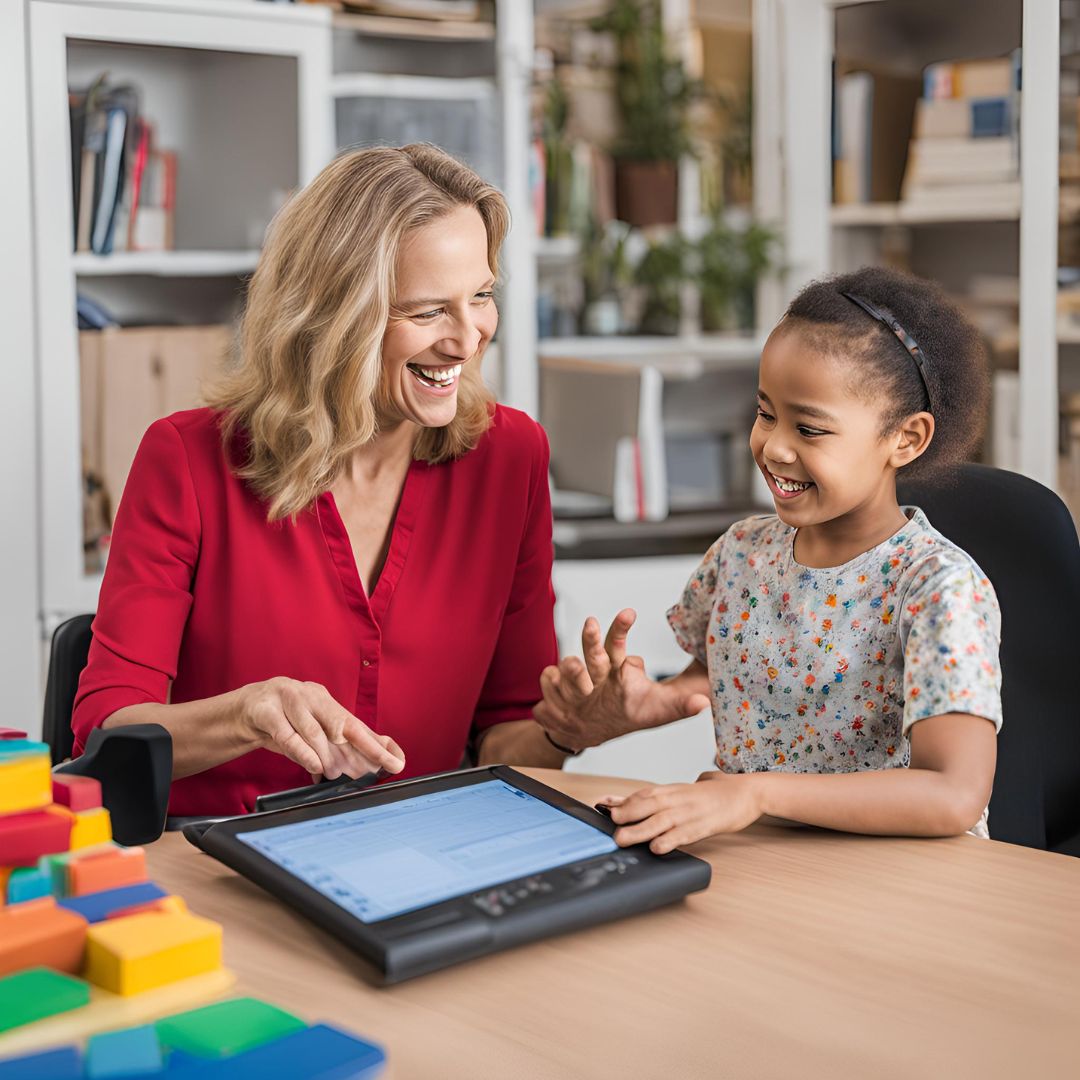Creating Accessible and Inclusive Content
Creating Accessible and Inclusive Content and Resources: A Vital Step in Allied Health
This Global Accessibility Awareness Day – and every day – QPAH is committed to making our content and resources more accessible and inclusive.
In an allied health setting, how we communicate is just important as what we communicate. Our clients come from diverse backgrounds, with a wide range of abilities and needs, so ensuring our content and resources are inclusive helps us to connect meaningfully. It can also support understanding and build trust with our clients and the people who support them.
Why Does Accessibility and Inclusion Matter?
Creating accessible and inclusive content and resources ensures that all individuals – regardless of their language/s, literacy level, disability or cultural background – can engage with and benefit from the information we provide. This can lead to better understanding of care planning, increased participation in therapy and achievement of therapy goals.
What Does Accessibility and Inclusion Look Like?
At QPAH, we use and create a variety of accessible and inclusive content and resources such as:
- Visual Schedules
Example: A picture-based daily routine chart showing a child brushing their teeth, eating breakfast and going to school. This can support children with autism, developmental delays or limited literacy by providing visual cues.
- Multilingual Handouts
Example: A speech therapy tip sheet available in both English and Japanese. This can help our non-English-speaking clients and their families to understand and apply strategies at home.
- Plain Language Reports
Example: Instead of saying “The child demonstrates deficits in fine motor coordination”, we might say, “Your child is still learning to use their hands for small tasks like buttoning or drawing”. This can make information easier to understand for all families, regardless of their education or literacy levels.
- Culturally Responsive Books
Example: A book featuring characters from diverse cultural backgrounds, abilities and family structures. This can help children to see themselves represented and feel valued.
Example: A social media video with captions, alt text, audio descriptions and high-contrast visuals. This can support individuals with hearing or visual impairments.
- Interactive Communication on an AAC Device
Example: An app with a series of symbols for common needs (e.g. toilet, drink, help) used during sessions. This can support non-verbal clients or those with limited expressive language.
Our Commitment
We are committed to the following practices to ensure our content and resources are both accessible and inclusive by:
- Seeking feedback from clients and their families or support workers.
- Using inclusive imagery that reflects diverse cultures, abilities, individuals and families.
- Collaborating with industry peers, cultural liaisons and disability advocates.
- Staying updated on accessibility tools and guidelines.
Moving Forward Together
At QPAH, we believe that inclusive and accessible communication is foundational to quality care. By selecting and designing content and resources that welcome everyone, we can empower individuals and families. This, in turn, can also support children’s development and contribute to building a more equitable health system.
We are committed to creating content and resources that speak to every individual and every family – clearly, respectfully and inclusively.
Contact us for more information.

